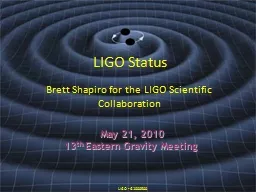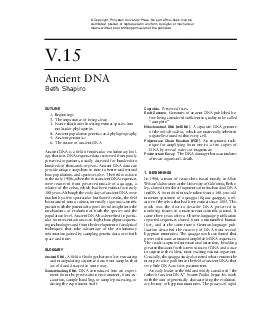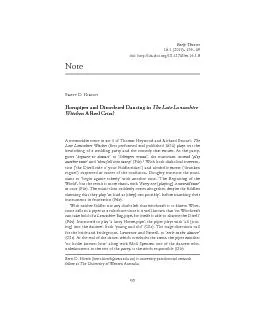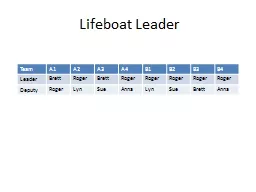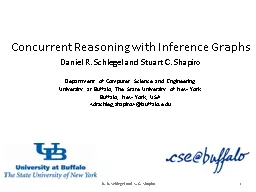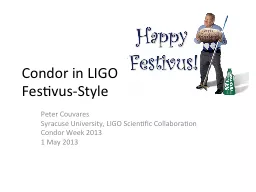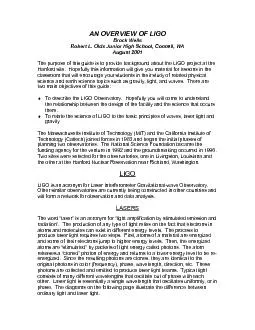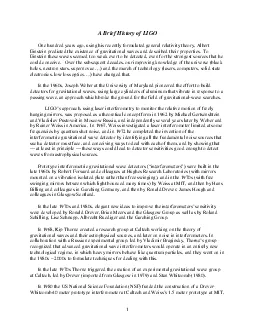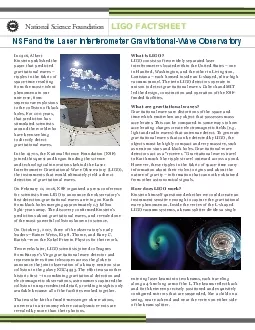PPT-LIGO Status Brett Shapiro for the LIGO Scientific Collaboration
Author : hirook | Published Date : 2020-10-22
May 21 2010 13 th Eastern Gravity Meeting 13th Eastern Gravity Meeting G1000500 LIGO G1000500 Pulsar Supernova Merging Black Holes Supernovae Asymmetry required
Presentation Embed Code
Download Presentation
Download Presentation The PPT/PDF document "LIGO Status Brett Shapiro for the LIGO S..." is the property of its rightful owner. Permission is granted to download and print the materials on this website for personal, non-commercial use only, and to display it on your personal computer provided you do not modify the materials and that you retain all copyright notices contained in the materials. By downloading content from our website, you accept the terms of this agreement.
LIGO Status Brett Shapiro for the LIGO Scientific Collaboration: Transcript
Download Rules Of Document
"LIGO Status Brett Shapiro for the LIGO Scientific Collaboration"The content belongs to its owner. You may download and print it for personal use, without modification, and keep all copyright notices. By downloading, you agree to these terms.
Related Documents

